Sandblasting is an old and popular glass decoration technique. It remains popular today for several reasons.
1. SANDING IS RESISTANT (Dishwasher safe, scratch resistant, ...)
2. IT IS ELEGANT - it works with the mass of the glass. It makes the natural optics of the glass stand out.
3. IT IS VERY FLEXIBLE - especially thanks to modern stencil production technologies, it stands out for its high flexibility. Very fine details or, on the contrary, extremely deep sandblasting? Plus very fast preparation? All this is possible with today's stencils.
No one will probably ever find out who was the first person to think of combining sandblasting and dyeing. Glassmakers and stonemasons tried to fill sandblasted areas many years ago. The durability of the paints used varied. We will now remind you of some current ways to elegantly combine sandblasting and staining.
- COLOURING THE SANDBLASTED MOTIF WITH PAINT
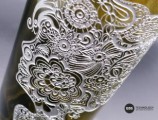
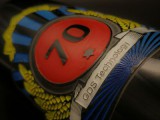
Most often the sandblasted motif is coloured before the sandblasting stencil is removed. The sanding can be done by spraying, but also by classical painting techniques such as brushing or dabbing.
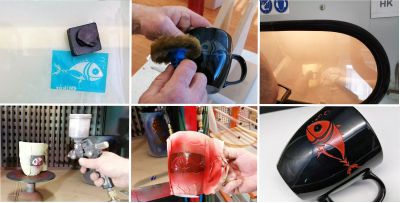
- SANDBLASTING INTO THE PAINT



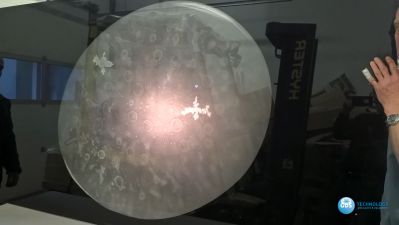
A popular technique where sandblasting stands out a lot. The choice of stencils used also depends on the desired depth of sandblasting. We recommend that you always test the adhesion of the particular type of stencil to the paint used.
- SANDBLASTING INTO THE COLOUR + COLOURING OF THE SANDBLASTED MOTIF
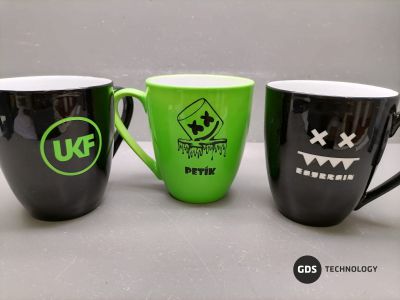
Product, decorated with paint. This is then sandblasted off and a different, contrasting colour is used to colour the stencil.
- CAST CAD-RAM RESIN
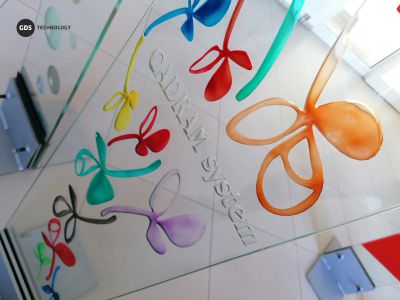
This technique is particularly suitable for flat glass. It is necessary to sand more deeply. Subsequently, the coloured Cad-Ram resin is pipetted into the sandblasted motif, which then dries at room temperature (it is a two-component system).
- COLOURING THE SANDBLASTED MOTIF WITH NANO COLOURS*
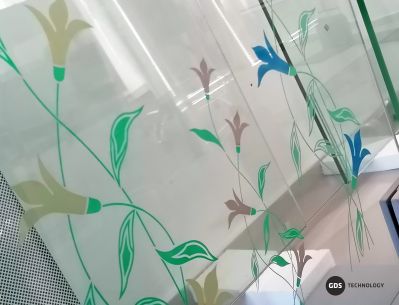
- Due to the short expiry date, we have limited the colour range. Only white NANO colour is in stock. Other shades are available on request.
Different colour ranges are suitable for different materials and different products. For example, for drinking glass and porcelain cups we can recommend the Organic Colour Series HGC 8 (HGC 3). For flat glass, the Ceramic Hardening Colours or the Organic Colours AQ2.
We will be happy to help you with your selection.
And if we've forgotten anything, we'd love to hear from you.
 +420 571 612 420
+420 571 612 420 gds@gds.cz
gds@gds.cz



 EN
EN
 CZ
CZ
 hu
hu



 Nastavení
Nastavení